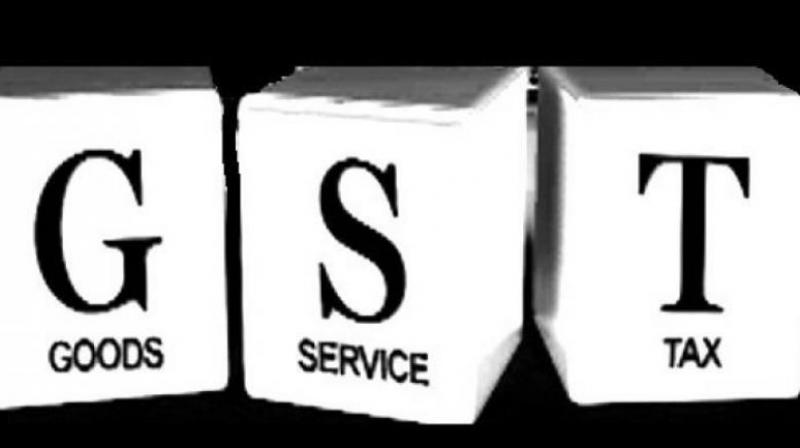Collection cost in GST too high
he major advantage to industries will be the easing of the compliance processes.

Mumbai: With the implementation of the GST just two months away — July 1, if that date is adhered to, India is one step closer to the momentous change in its taxation system.
According to one report it will be the world’s largest tax reform and it is certainly the most far- reaching and wide -ranging tax reform since the country was economically unshackled in the early nineties. The government is expected to be the biggest beneficiary of this reform as it will boost its tax collection.
For instance, Mr Ambareesh Baliga, senior analyst says, “the millions of small and medium enterprises will come within the tax net. Hitherto they had been dealing with kaacha receipts and cash and a large number of them are uneducated. They will now have to be part of the mainstream.”
The GST registration date has already been postponed twice as the rush for registration could not be met and many small traders were not ready. The major advantage to industry will be the easing of the compliance processes. There will be less taxes to be dealt with as GST subsumes about 12 different taxes like sales, VAT, octroi, etc., and will also mean less number of authorities to report to.
This boost to government revenues however comes with a cost of collection, that will perhaps be much less than what it will ultimately gain.
The financial and services sector will probably see an increase in costs of around 15 per cent if the tax is pegged at 18 per cent as is the general expectation.
Mr C.J. George, MD, Geojit Financial Services says, the biggest change will be the creation of a “borderless market” and do away with a lot of the formal and informal costs. It will also bring in transparency and cut down on corruption.”
Mr Baliga compares the disruption caused by GST to that of demonistisation—pain in the short and medium term but gain thereafter.
However one section like the jewellery export sector, which is one of the leaders in diamond exports and imports of roughs, is of the view that government needs to assure them that exports won’t be taxed.
Today, exports are not taxed but there are doubts about the future. Mr Praveen Shankar Pandya, chairman of Gem & Jewellery Export Promotion Council, said the government has reiterated that it does not want to tax exports. But there is a need for some kind of mechanism as this is a supply side based sector.
Mr Pandya cites the example of Belgium which is the centre of diamond trading. Every person handling diamonds before they are exported, is given a special number and any trading between these persons is zero rated (not taxed). The moment diamonds are sold outside this group domestically, then GST automatically kicks in.
The export sector has brought their concerns to the notice of the finance minister Arun Jaitley who was reportedly sympathetic. However their hopes now lie with the GST Council which is meeting on May 18.
The only hurdle that Mr Pandya visualises is to get all the states that are council members to understand the issue.
Only two or three states are diamond manufacturing and trading states.
